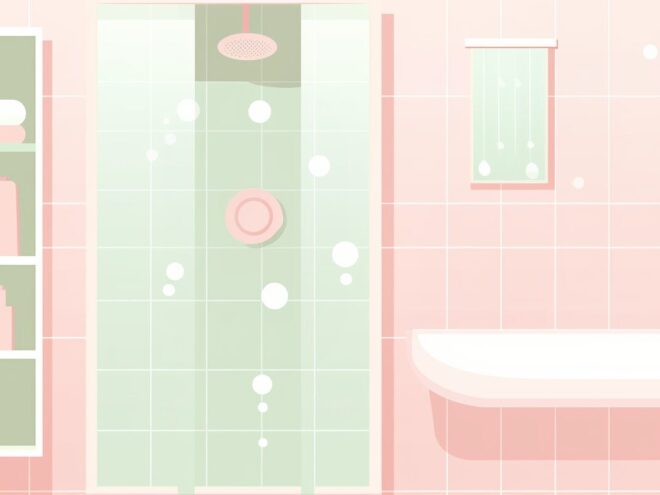Home • 02/12/2023
Create Your Own Backyard Meditation Garden in 6 Steps
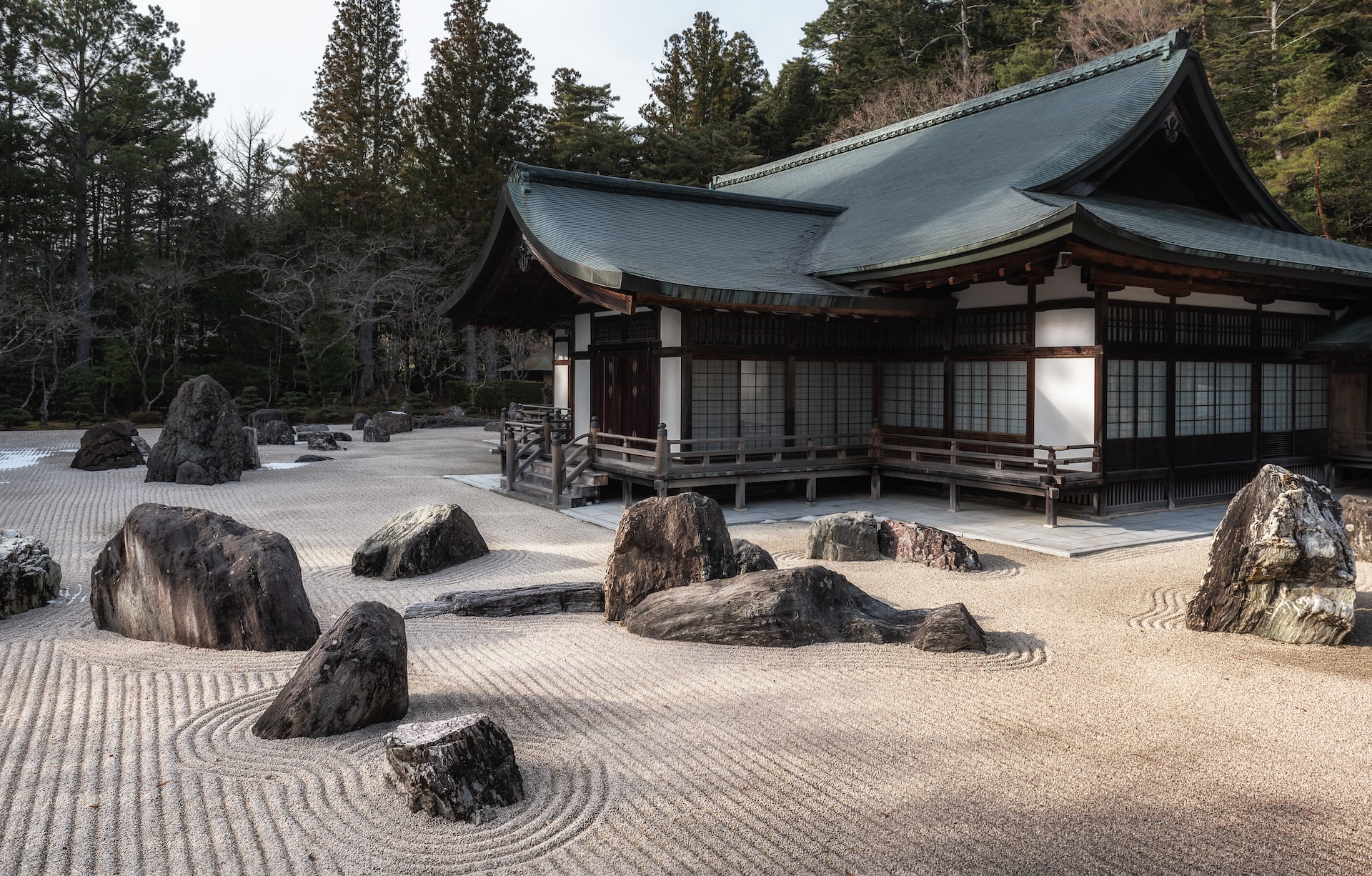
Revivalist is a reader-supported endeavor and our posts may contain affiliate links. When you buy through links on our site, we may earn an affiliate commission.

Everyone wishes for feelings of serenity, love, and wellness, and for thousands of years, the minimalist style of meditation gardening has offered a space to de-clutter the mind. Explore the peace of a backyard meditation garden with these 6 steps.
What is a Meditation Garden?
Meditation gardens originated in zen Buddhist temples of 13th century Japan and have spread across the globe. These rock gardens, called Sekitei, did not feature sheaves of leafy greenery, but instead swirling paths of gravel, sand and rock.
The placement of these objects symbolizes moving water or mountains and is meant to promote mindfulness suitable for meditation.
Benefits for Your Backyard
Traditional meditation gardens focus on tidying the mind from stressful or unwanted thoughts. Repeated tasks like raking sand into swirling patterns allow the mind to rest.
The uniformity of color, pattern, and decoration these rock gardens celebrate the beauty in imperfection. The rough edges and chips of rock shapes are appreciated for their own unique beauty, promoting a happier and calming mindset.
Meditation gardens are also low-maintenance. Most gardens feature slim and hardy plant life, and rocks and gravel are economically friendly as well.
Creating Your Own Restorative Meditation Garden
Luckily, creating your own backyard meditation garden is a great beginner project and is highly customizable. With the key elements below, you can select which elements are best for your climate, backyard dimensions, and happiness.
1. Visit a Garden
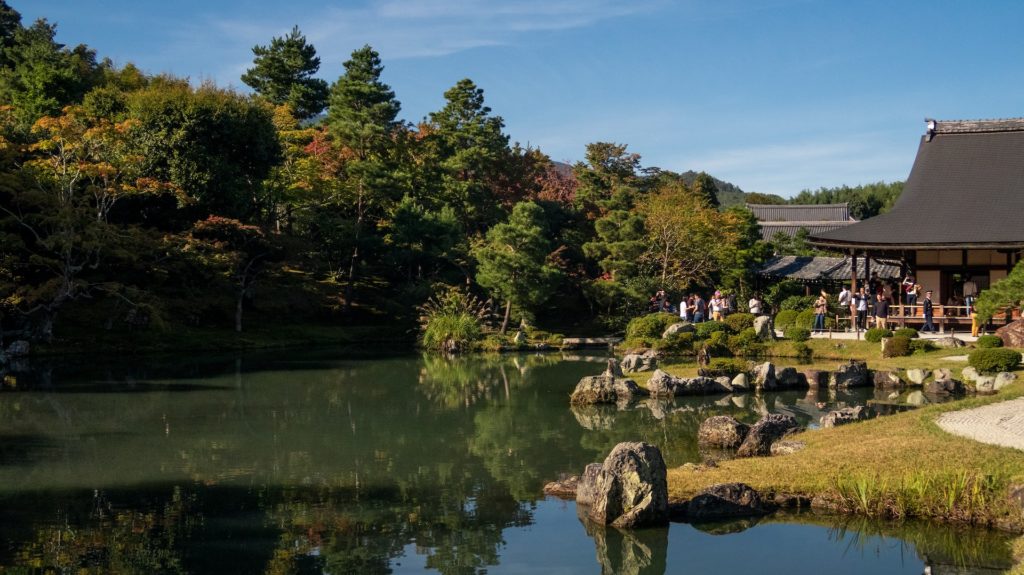
Visiting another garden is a good first step. Search for public gardens, nature centers, and friends that have cultivated their own patch of serenity.
Take notes on their layout, or which design elements feel right for you. For example, the sound of running water is soothing for some, but distracting for others.
Exploring other gardens (whether virtually or in-person) is a great way to kickstart your own design and have a fun adventure along the way.
2. Consider the Right Tools for Your Plan
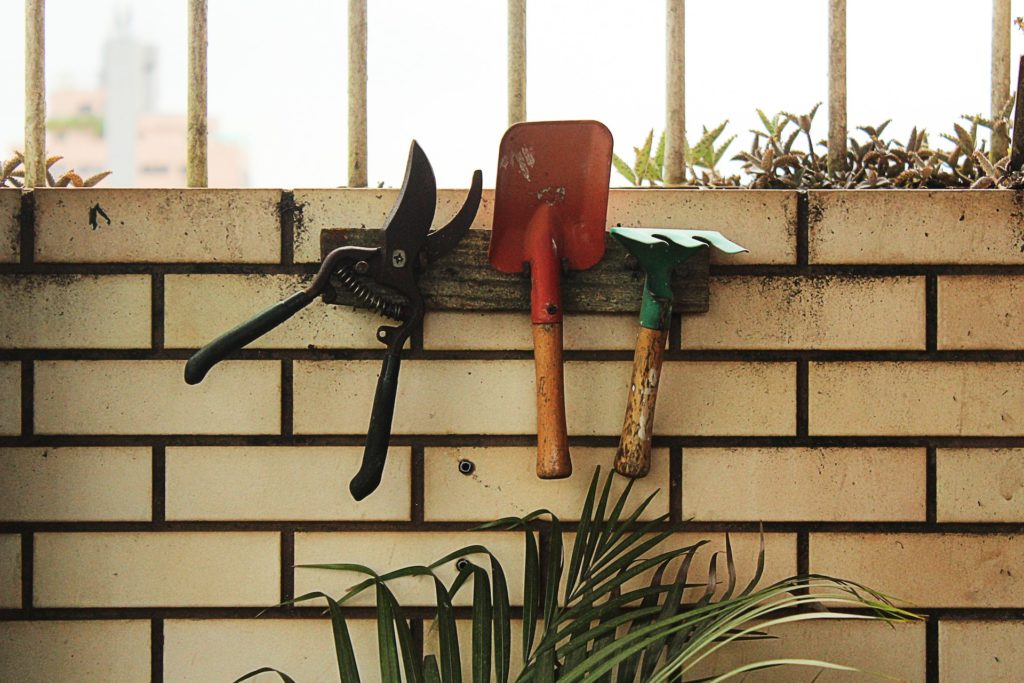
The right tools for your meditation garden all depend on the right plan for you. Once you have that design, whether it be populated with a plot of gravel or a bubbling fountain, you can begin to create that shopping list of tools.
For sand gardens, rakes can be used to drive patterns like swirls, circles, or wavering lines into the soft surface. If you’re focusing on a gravel-lined path, tiles can border the edges in a traditional zen style. For plant lovers, try different pruning tools and techniques for your desired look.
3. Base Materials: Gravel, Stones, and Sand
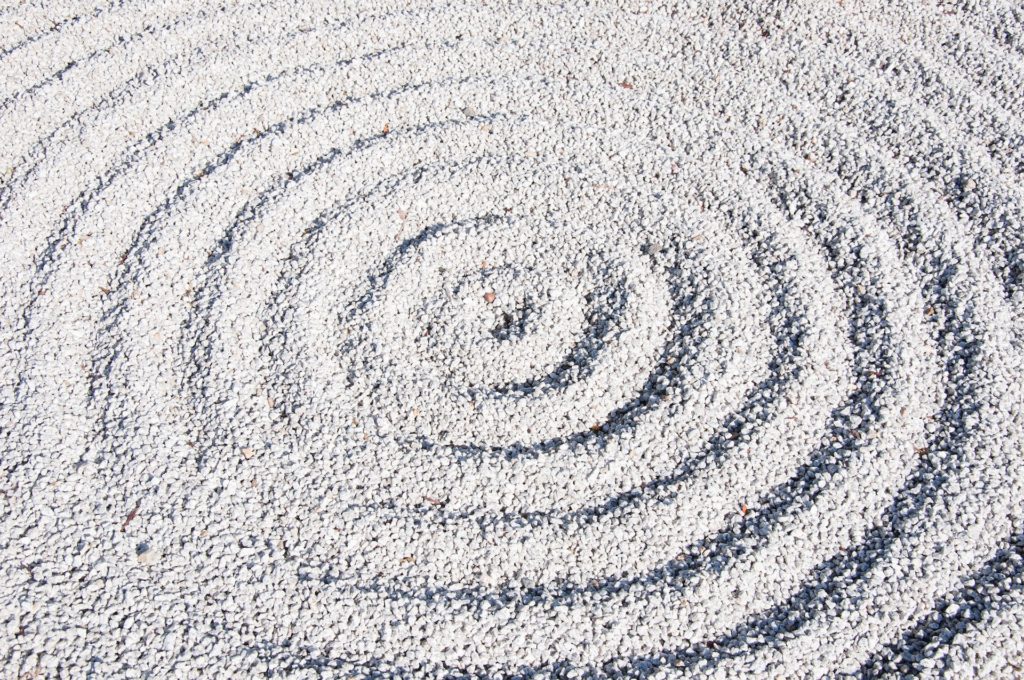
Populating these spaces will be the symbolic “mountains,” or the boulders and rocks placed throughout your garden. Most hardware stores carry varieties of decorative rocks, but finding rocks that resonate with you is another way to explore natural spaces and what makes you fulfilled.
The base of your garden can remain a grassy surface, but many gardeners opt for a traditional look with gravel or sand.
Sand offers a chance for pillowy soft surfaces and unique designs, but it may not be the best option for windy or cold climates.
On the other hand, gravel symbolizes the ocean and moving water. Try a monochrome color scheme to mimic the vastness of these bodies of water, such as white pea gravel.
4. Water Features
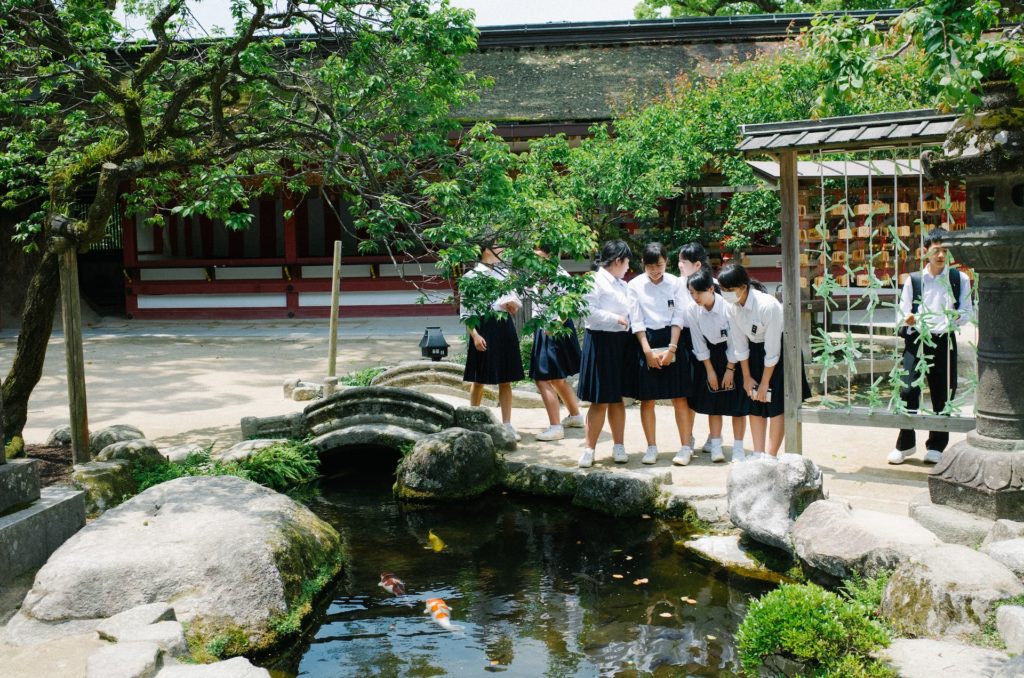
Many meditation gardens contain water features that can offer hubs of animal activity or calming noise.
Ponds can house the vibrant oranges of Koi fish or sneaking frogs, while fountains spray cooling mist from beautiful statues. If you’re looking for a challenge, experiment with spaces for moving water to fill your backyard with the sounds of a babbling brook.
5. Plant Life
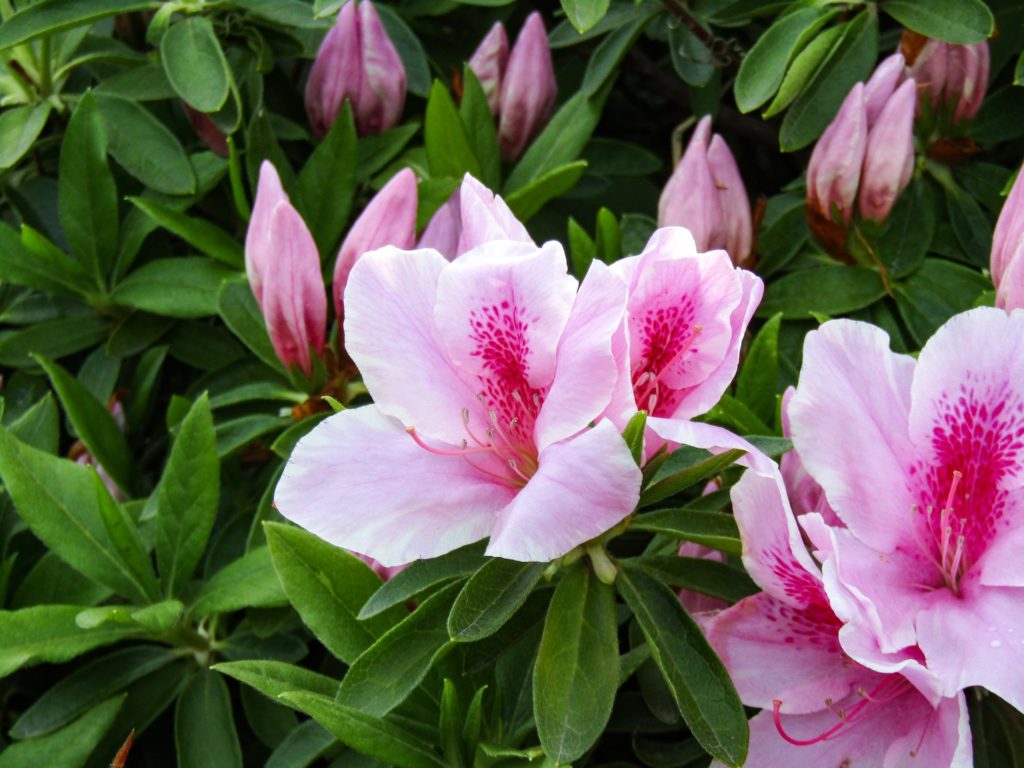
Besides shrubs or trees, plants are not traditionally featured in these gardens, but this does not mean that verdant plant life can’t populate your backyard.
Some popular species are pines, azaleas, and Japanese maples. Experiment with textures, the cycles of bloom, and the maintenance needed for your ideal serenity.
6. Seating Areas
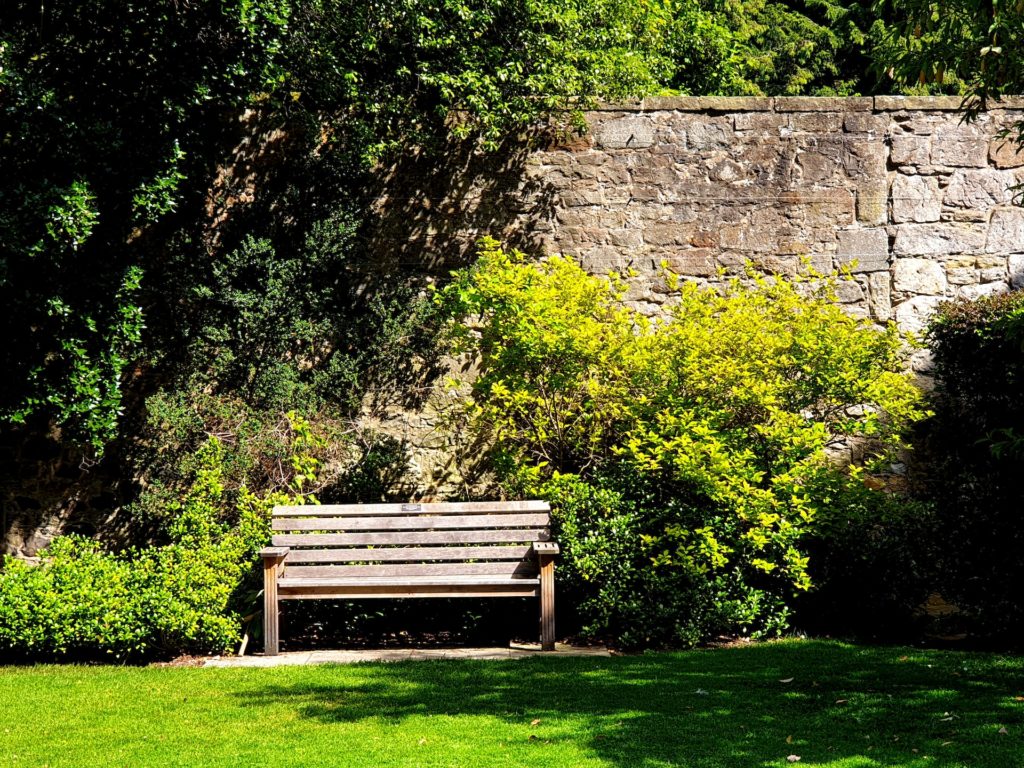
Now that you have your garden coming together, think about how you will spend your time here. Will a bench be comfortable enough, or should you choose furniture with more cushioning? Does a mat or large pillow sound restorative, or will you lie down on a patch of soft grass?
Some Well-Deserved Rest
The highly customizable, peaceful nature of meditation gardens promises a safe haven for thousands of people across the world every day. Imagine your afternoons pillowed by the sounds of waving leaves and soothing swirls of sand, all in the comfort of your backyard.
Serenity can be within your reach with the restorative elements of a backyard mediation garden.
Subscribe to Our Weekly Newsletter
We would love to connect deeper with you!
